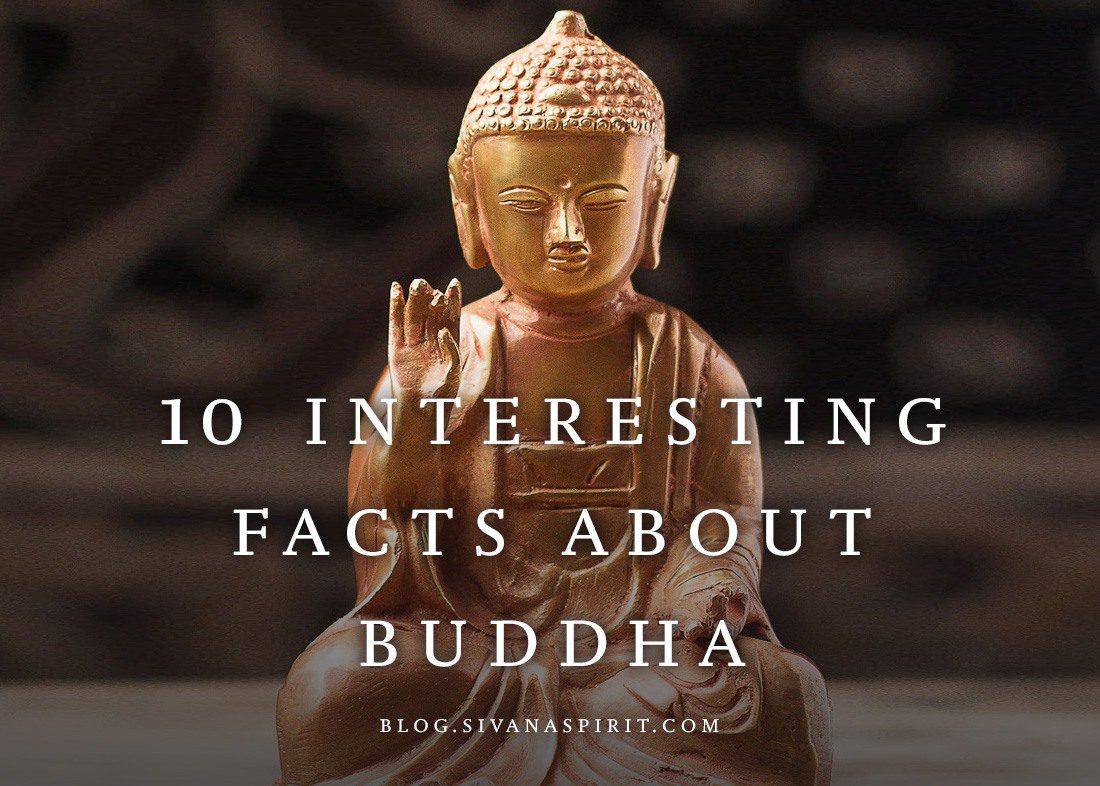Buddhism is one of the oldest religions in the world, with its roots in India over 2,500 years ago. It does not believe in a single, all-powerful creator god but rather focuses on the teachings of Siddhartha Gautama, also known as the Buddha. Mindfulness, compassion, and the Noble Eightfold Path are central to Buddhist practice, and the Buddha’s teachings are preserved in the Tripitaka. Buddhism is divided into three major traditions, and monks and nuns play an important role in Buddhist communities. Today, Buddhism is a growing religion worldwide, with an increasing number of practitioners in both traditional and non-traditional Buddhist countries.
10 Fascinating Facts about Buddhism
1. Buddhism is one of the World’s Oldest Religions
Buddhism is believed to have originated in India over 2,500 years ago. It was founded by Siddhartha Gautama, also known as the Buddha, which means ‘the awakened one.’ Today, Buddhism is practiced by millions worldwide and is one of the world’s major religions.
2. Buddhism Does Not Believe in a Creator God
Unlike many other religions, Buddhism does not believe in a single, all-powerful creator god. Instead, it focuses on the teachings of the Buddha, who taught that salvation comes through individual effort and the attainment of enlightenment.
3. Mindfulness is a Fundamental Practice in Buddhism
Mindfulness, the act of being present in the moment, is a fundamental practice in Buddhism. Buddhists believe that by being mindful, we can become aware of our thoughts and emotions and develop a deep understanding of ourselves and the world around us.
4. Buddhism Emphasizes the Importance of Compassion
Compassion is at the heart of Buddhism. The Buddha taught that we should strive to relieve the suffering of all living beings, and that by doing so, we can find true happiness for ourselves.
5. The Buddhist Wheel of Life Represents the Cycle of Existence
The Buddhist Wheel of Life is a symbol that represents the cycle of birth, death, and rebirth. It is composed of different realms or states of existence, each of which is determined by the karma or actions of an individual.
6. The Noble Eightfold Path is the Buddhist Path to Enlightenment
The Noble Eightfold Path is the Buddhist path to enlightenment. It consists of eight practices that Buddhists must undertake in order to achieve the ultimate goal of ending suffering and attaining enlightenment.
7. The Buddha’s Teachings Have Been Preserved in the Tripitaka
The Buddha’s teachings have been preserved in a collection of texts known as the Tripitaka or ‘three baskets.’ These texts contain the Buddha’s teachings on ethics, meditation, and wisdom and are the foundation of Buddhist philosophy and practice.
8. Buddhism is divided into Three Major Traditions
Buddhism is divided into three major traditions: Theravada, Mahayana, and Vajrayana. Each tradition has its own unique practices, teachings, and scriptures, but all share the same ultimate goal of achieving enlightenment.
9. Monks and Nuns Play an Important Role in Buddhist Communities
Monks and nuns play an important role in Buddhist communities. They dedicate their lives to practicing the Buddha’s teachings and providing guidance and support to laypeople.
10. Buddhism is a Growing Religion Worldwide
Buddhism is a growing religion worldwide, with millions of practitioners in countries across Asia and beyond. In recent years, it has also gained popularity in western countries, with many people turning to Buddhism as a means of spiritual guidance and personal growth.
